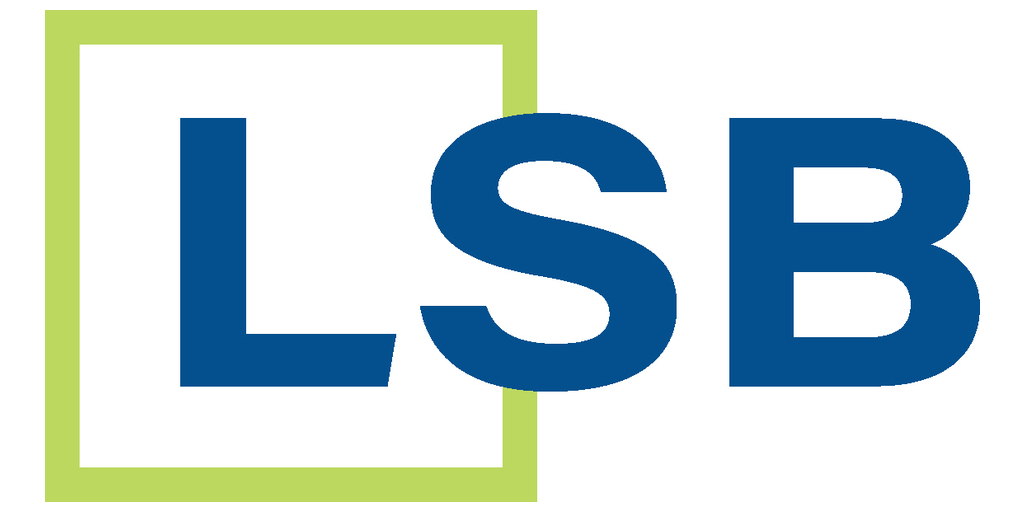As work on any project unfolds, it’s rare that every step goes exactly according to plan. When priorities evolve, markets fluctuate, or teams shift, the ability to respond, pivot, and adjust becomes just as important as the plan itself.
Flexibility isn’t just a nice-to-have in project and portfolio management (PPM) – it’s critical to reaching the finish line.
Benefits of flexibility in PPM
Flexibility builds resilience, enabling your team to navigate uncertainty and capitalise on opportunities. Here are a few of the key benefits of flexible project and portfolio management:
Adaptability to change: Market dynamics, customer preferences, and technological advancements can all change unexpectedly, impacting portfolio priorities and requirements. Flexibility allows project and portfolio managers to adapt while staying aligned with organisational goals.
Risk mitigation: When you identify risks early, you can implement proactive strategies to minimise their impact. Flexibility enables organisations to anticipate potential challenges and develop plans to deal with them.
Efficient resource management: When you’re able to adjust resources based on changing priorities and demands, you can ensure that these resources are deployed effectively and support project objectives.
Ability to scale: A flexible PPM approach better accounts for and accommodates growth. Your strategy can scale to support larger and more complex projects and portfolios as your organisation evolves.
Five tips to incorporate flexibility into PPM planning:
1. Cultivate an adaptable mindset: Rigid PPM methodologies tend to be more susceptible to failure when disruptions occur, whereas Agile principles and practices, such as Scrum and Kanban (or a hybrid combination of methodologies), promote higher adaptability in planning and execution.
These approaches break down projects into smaller tasks, prioritise deliverables based on business value, and iterate based on feedback and learnings. When dealing with change, a flexible approach can help your team more effectively respond to shifting requirements.
2. Develop contingency plans: Contingency planning ensures that project objectives remain achievable in the face of unforeseen obstacles–whether challenges are internal (resource constraints, technology failures, scope changes) or external (market fluctuations, regulatory changes, natural disasters).
By identifying alternative approaches and fallback options, organisations can adapt the strategy while still working toward the desired outcome.
Contingency planning begins with identifying key risk factors, assessing their potential impact on project objectives, and outlining specific strategies to mitigate them. Learn more about best practices and strategies for developing business contingency plans here.
3. Prioritise stakeholder engagement: Engage stakeholders early and often throughout the project lifecycle to ensure alignment on organisational goals, as well as on any pivots that arise along the way.
Proactively keeping stakeholders looped in allows for early detection, intervention, and resolution of potential issues, which ultimately helps minimise the impact on timelines and milestones.
If you need help managing and communicating with stakeholders, including a template for a stakeholder management plan, check out The Definitive Guide to Stakeholder Management.
4. Evaluate your technology and tools: To be prepared for disruption, you need tools that can readily adapt to changes in the plan. Your PPM platform should offer customisable workflows, real-time collaboration features, and robust reporting capabilities to enable flexible planning and decision-making.
These capabilities make it faster and easier to communicate with your team and implement adjustments as they happen.
5. Work to improve PPM maturity: Optimising your PPM processes will equip your organisation to move faster and respond more strategically to change.
Organisations with more mature PPM processes are also able to scale their work more effectively. In fact, recent research by IDC (The Power of Next-Gen Project and Portfolio Management, doc #US51500623, January 2024) indicates that organizations at a higher level of PPM maturity are six times more likely to see strong or unlimited scalability.
To get a comprehensive picture of your project and portfolio management maturity and what steps you can take to improve it, take the Smartsheet PPM Maturity Assessment.
Subscribe to Australian Mining and receive the latest news on product announcements, industry developments, commodities and more.



